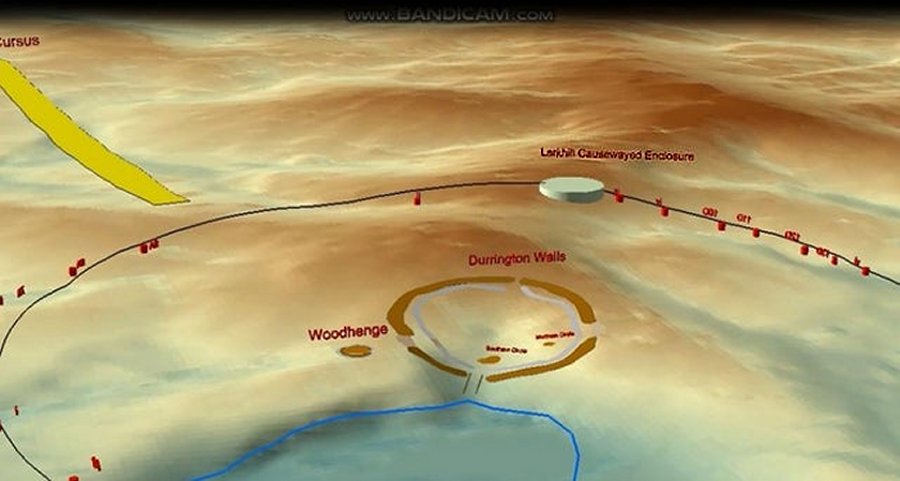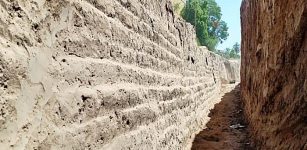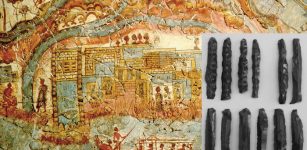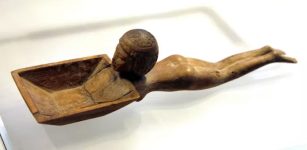Huge Ring Of Ancient Shafts Discovered Near Stonehenge
Conny Waters - AncientPages.com - Yorkshire archaeologists have just announced a discovery of a new prehistoric site located near Stonehenge that could shed some new light on the mysterious stone circle in southwestern England.
According to experts from a group of British universities led by the University of Bradford say the site consists of at least 20 huge shafts, more than 10 meters (32 feet) in diameter and 5 meters (16 feet) deep, forming a circle more than 2 kilometers (1.2 miles) in diameter.
 Place where the pits were discovered. Image source.
Place where the pits were discovered. Image source.
The new find is at Durrington Walls, the site of a Neolithic village about 2 kilometers (1.2 miles) from Stonehenge.
Researchers say the shafts appear to have been dug around 4,500 years ago and could mark the boundary of a sacred area or precinct around a circular monument known as the Durrington Walls henge.
Richard Bates, of the University of St. Andrews School of Earth and Environmental Sciences, said the findings—made with remote sensing and sampling—provided "an insight to the past that shows an even more complex society than we could ever imagine."
University of Bradford archaeologist Vince Gaffney said it was "remarkable" that Stonehenge, one of the most studied archaeological landscapes in the world, could yield such a major new discovery.
"When these pits were first noted it was thought they might be natural features—solution hollows in the chalk," he said. But geophysical surveys allowed scientists to "join the dots and see there was a pattern on a massive scale."
Researchers have identified up to 20 'shafts' but estimate there may have been more than 30 originally.
“The size of the shafts and circuit surrounding Durrington Walls is without precedent within the UK," Professor Gaffney informed. "It demonstrates the significance of Durrington Walls Henge, the complexity of the monumental structures within the Stonehenge landscape, and the capacity and desire of Neolithic communities to record their cosmological belief systems in ways, and at a scale, that we had never previously anticipated.”
At the same time, as “the place where the builders of Stonehenge lived and feasted Durrington Walls is key to unlocking the story of the wider Stonehenge landscape, and this astonishing discovery offers us new insights into the lives and beliefs of our Neolithic ancestors," Dr Nick Snashall, National Trust archaeologist for the Stonehenge and Avebury World Heritage Site, said.
Coring of the shafts provided radiocarbon dates suggesting these features are Neolithic and were excavated more than 4,500 years ago, around the time that Durrington Walls was constructed. Archaeologists believe that the shafts served as a boundary to a sacred area or precinct associated with the henge.
See also: More Archaeology News
The Neolithic period, which is associated with the first farmers in Britain, is characterized by the development of ornate, and occasionally very large, rituals structures and enclosures, including the great stone circle at Stonehenge. However, no comparative prehistoric structure in the UK encloses such a large area as the circle of shafts at Durrington, and the structure is currently unique," writes Yorkshire Post.
There is a large number of stone circles built thousands of years ago in Britain and for reasons that remain mysterious. However, the most famous of them is Stonehenge, a huge monument built between 3000 B.C. and 1600 B.C. It's also a spiritual home for thousands of druids and mystics who visit at the summer and winter solstices.
Written by Conny Waters - AncientPages.com Staff Writer




















